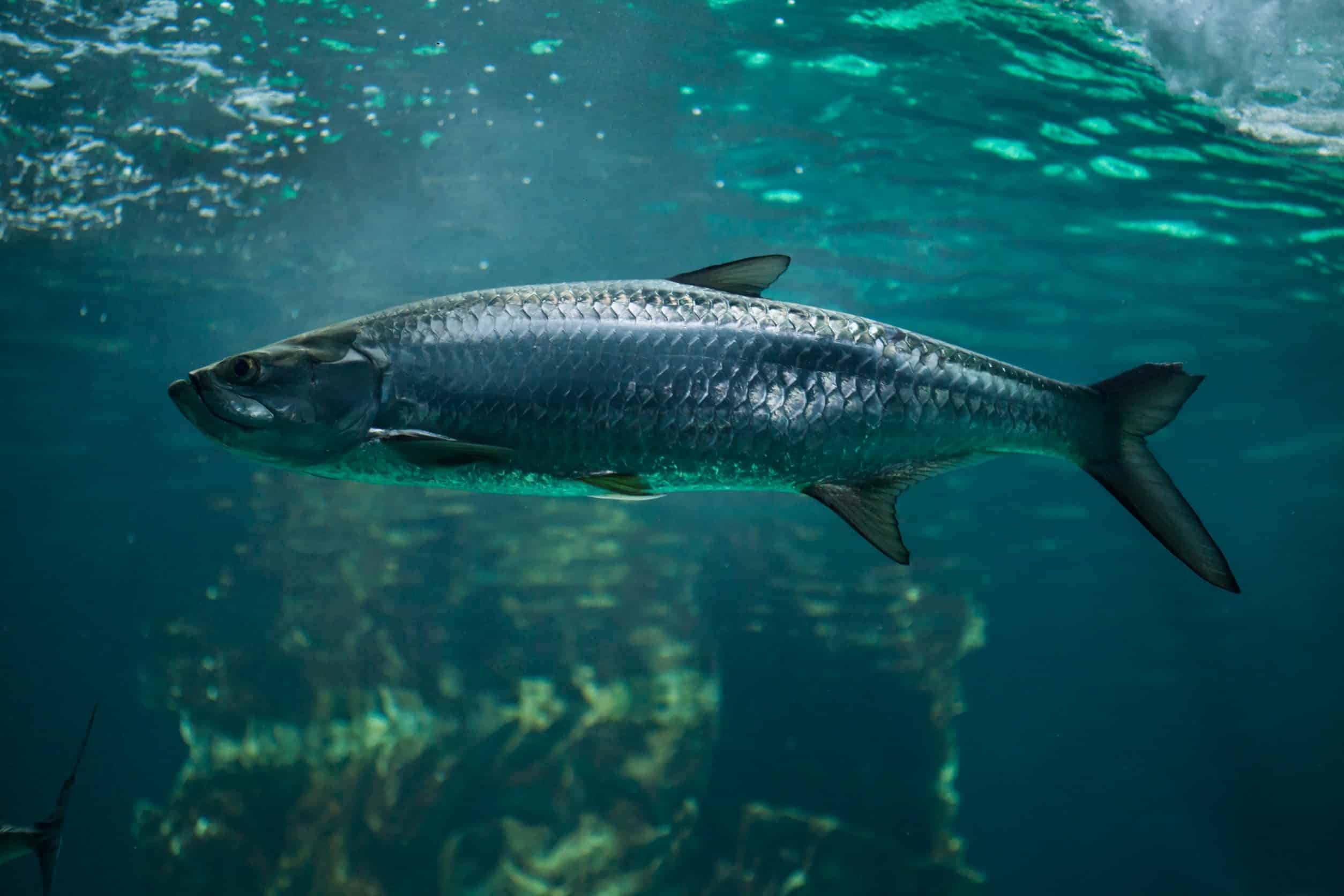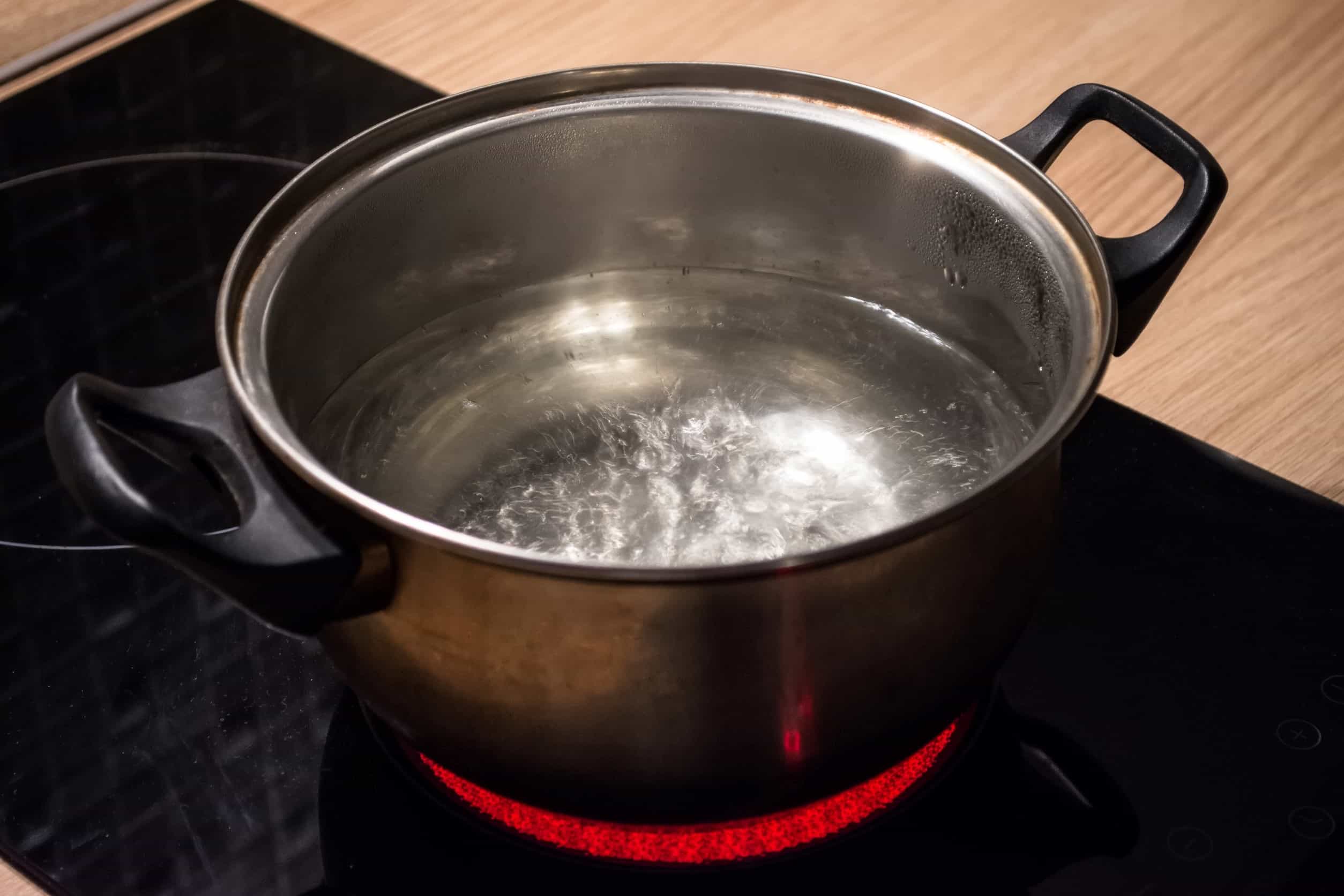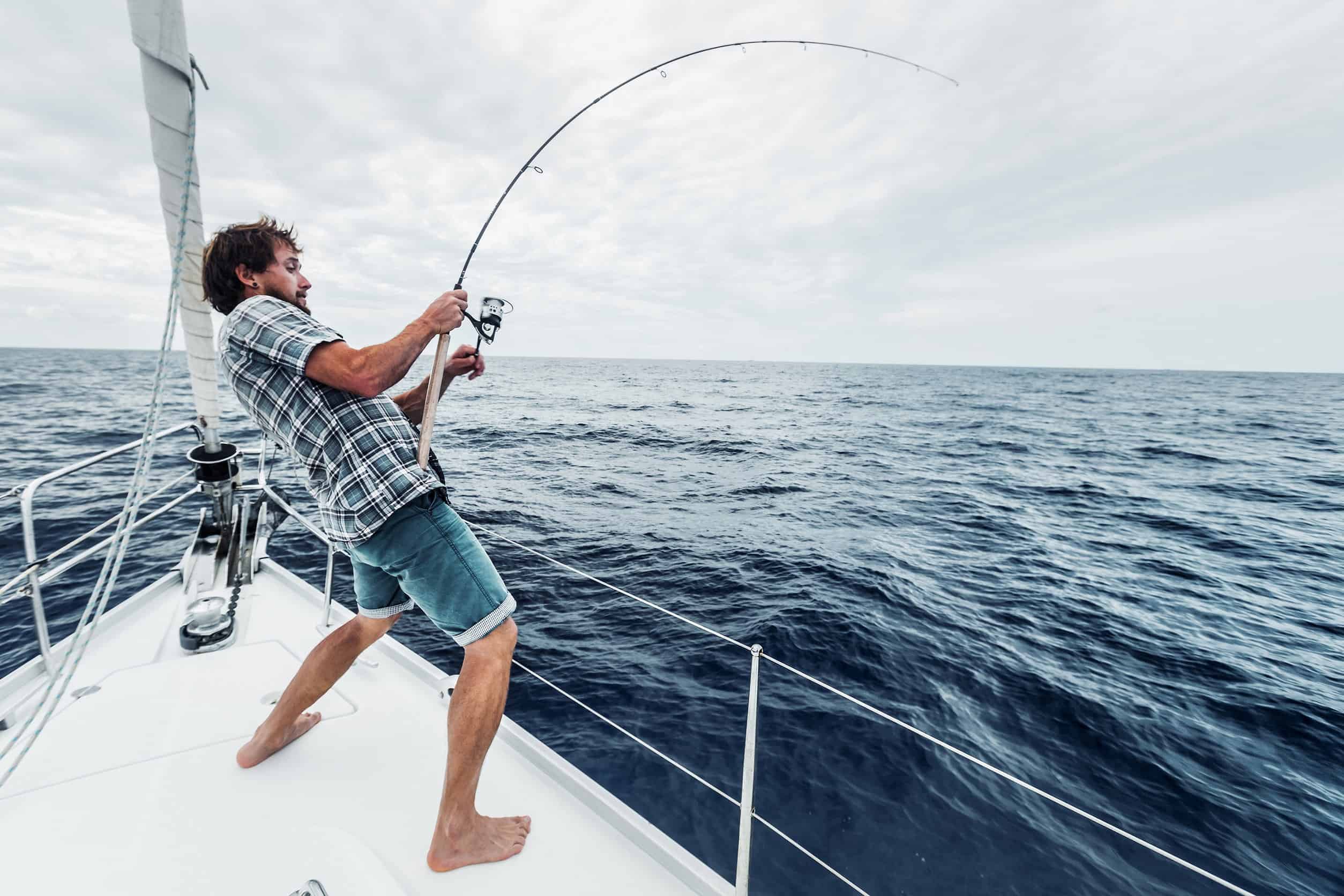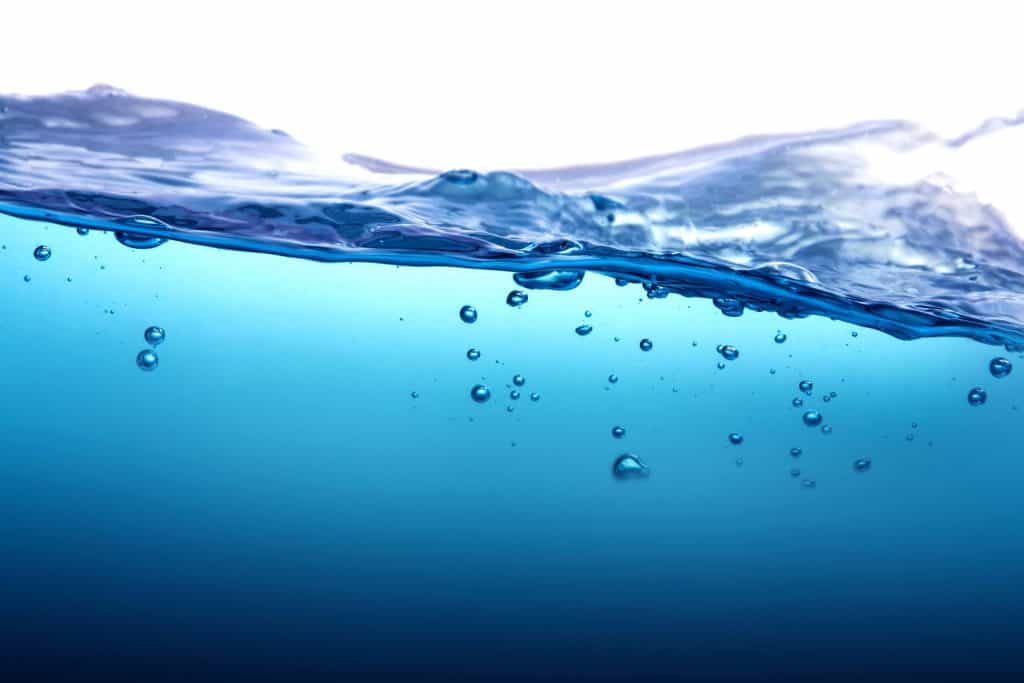Tarpons are pretty popular game fish among fishermen. Their prodigious strength and speed pose a good challenge, even among veteran anglers. The hardest part might just be turning them into a decent meal, given how many hoops you have to jump through just to eat tarpon.
Can you eat tarpon? Tarpons are edible but aren’t much to write home about. They’re packed full of tiny bones that are tedious to fillet. The few recipes that make use of tarpons smother them in spices on account of their boring taste and horrible odor. Lastly, they’re also very dangerous to catch, thrashing violently with enough force to badly hurt anglers.
As bony, horrendous-smelling fish, tarpon isn’t all that great to eat. However, you can make it work with some effort. Pay close attention to what steps are needed to mitigate their worst traits and you might even enjoy the experience.
Can You Eat Tarpon?

You can eat tarpons, but they aren’t very popular for a reason. While they usually end up big and heavy – most fall around sixty to two hundred pounds – little of that bulk is good meat.
They fall under the category of bonefish, which as the name suggests possess body structures packed with a lot of tiny, rigid bones. This makes tarpon meat very challenging to fillet and turns most people off from even trying.
It also doesn’t help that they happen to be a protected species in certain areas, requiring special tags to kill. Some states like Florida even ban their commercial sale altogether, which proves to be yet another barrier of entry that stops a lot of would-be connoisseurs.
Younger Tarpons
As much as possible, steer clear of younger tarpons. Developing tarpons get nutrition in a rather quirky way – by absorbing it straight from the water. This doesn’t bode well in polluted environments. The little meat in their bodies will be technically edible at best and liable to make even the staunchest of stomachs curl in disgust.
They don’t even offer as much sport for anglers, being significantly weaker than their older counterparts. Both catching and eating tarpon this early in their life cycle is extremely unfulfilling.
Tarpon Taste and Odor
It might come as a surprise to hear that tarpons don’t actually taste all that bad. Most diners claim that it tastes pretty similar to other bonefish, which is rather bland but not especially foul. The meat you get from them is white, flaky, and all-around decent. Their real flavor comes from generous spices and seasoning, and we have a few recommendations for preparing and eating tarpon.
Similar to a koi fish, a tarpon’s taste changes depending on its environment. Toxic or polluted areas often lead to tainted meat, further souring the experience. You can avoid this by being pickier with where you get your tarpon. Older fish are also less likely to taste mucky, since they can actually forage for food.
The main reason people are turned off by tarpons is because of their extreme smell, which is an uncomfortable cross between the sea breeze and bad rot. Our sense of taste and smell are closely linked, so the pungency tends to sour the dining experience. Fortunately, the noxious scent can be muted by adding some white vinegar. You can also add baking soda if the vinegar doesn’t cut it.
Preparing Tarpon

Poach tarpon in your liquid of choice, which can be anything from plain water to even chicken broth. The cook time might vary a bit, depending on how big the fillet cuts are. A good rule of thumb for easy poaching is keeping it submerged for at least 10 minutes.
Be careful not to boil it, as most seafood firms up when cooked over high heat. High heat applied quickly could easily cause your fillet to break apart. Monitor your temperature throughout the process to ensure that the meat you cook will flake easily later on.
140°F (60°C) is perfect for this, but maintaining the right balance is a challenge. Going below this temperature means parasites and bacteria could persist in your meat. It might not be feasible to maintain such tight temperature constraints while cooking. We’d recommend freezing your tarpon beforehand to kill these contaminants. After that, you only have to focus on not overcooking it.
The few recipes that use tarpon also flavor them generously with other spices. You can’t go wrong with garlic. It has antibacterial and antiparasitic properties, which tackle seafood’s most common concerns. It’s also excellent for masking the meat’s prodigious scent. Other good flavoring options for tarpon include dill, ginger, paprika, and cayenne pepper.
Tarpon Risks
Catching

To begin with, tarpons are notorious fighters on the hook. They avoid predators in the water through speed and strength and prove to be a deadly risk among experienced anglers. Tarpons are known for their powerful thrashing, which can injure or even kill people.
This can be alleviated by not reeling in struggling tarpons. Wait for them to tire out, and only then begin pulling them in. There have been reports of tarpon leaping into boats while struggling, destroying equipment. Tarpons could even cause limited structural damages to smaller vessels.
Head-on collisions with tarpons are huge dangers. Bear in mind that tarpons often weigh at least sixty pounds. The larger ones settle somewhere around the two hundred pound mark. They can soar 5-10 feet in the air, and you really don’t want to get hit by that.
There have been cases of vertebrae damage, unconsciousness, and even death for people who were unfortunate enough to get struck by airborne tarpons.
Catching also happens to be the only reliable option to get them, as tarpons aren’t popular fish in the commercial market. Some areas might need special kill tags just to bring tarpons home. It’s up to you whether the risks are worth it. That said, you can probably find an experienced angler willing to lend you a hand snagging one.
Cooking
Tarpons don’t warrant unique preparations when cooking. Eating tarpon just takes time and patience. Simply be mindful to fillet thoroughly after poaching – no one wants to pick bones out of their teeth. Once the meat is properly separated tarpon handles just as easily as any other fish.
It’s also important to remember that, while tarpons are technically saltwater fish, they can tolerate certain freshwater environments. Freshwater environments permit a wider range of bacteria and parasites to develop. It’s safer to just treat them as you would freshwater fish and cook thoroughly.
Due to how much flaking is needed, tarpon meat is often served via fishcakes. It’s much easier to eat tarpon this way, and any bones missed can be picked out of the food processor. This method works best if you’re planning to serve tarpon to friends and family – or just don’t want to deal with bones at every other bite.
Parasites
Bonefish are also prone to picking up parasites, and eating their meat is likely to pass them on to you. Roundworms are one of the most persistent pests in saltwater environments. When ingested by humans, this often leads to symptoms like diarrhea, stomach pain, and fevers.
Fortunately, this is only concerning while the worms (or their larvae) are alive. It can be dealt with by subjecting your tarpon to temperature extremes. Freezing your fish to -4°F (-20°C) for 1-3 days or heating them to 140°F (60°C) for 10 minutes should prove more than sufficient to handle this. Other possibilities like ringworm and tapeworm can be dealt with through similar treatments.
It’s important to note that for heating tarpon, 140°F needs to register as the internal temperature for the meat itself. It needs to maintain that minimum for 10 whole minutes. Freezing your fish isn’t nearly as strict on that, and works well enough provided your unit can manage a steady -4°F environment. We’d advise the freezing method, as high heat could toughen up or crack your fillets.
Final Thoughts
Tarpons aren’t as bad as most people say. They aren’t poisonous or bad-tasting and are actually considered a delicacy in countries like Panama. The effort needed to make a meal out of them is just such an uphill battle, and catching them comes with huge risks most don’t find worth the hassle. That doesn’t mean it’s insurmountable – heck, you might even get a taste for it after trying.

